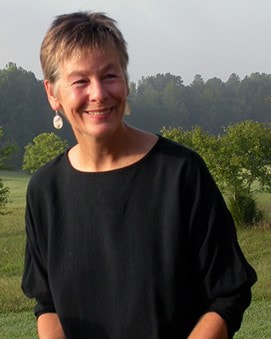|
This is the first of what I hope will be several appreciations of poetry books and of individual poems, current and past. For the most part, my posts will not be formal reviews. They will offer praise and perhaps criticism, but I hope in a broad sense. For example, what are the limits of any particularly poetic style or practice? What expressive possibilities does a style or practice make available to us? Several questions lurk in the background of my posts, including this online comment by someone identified only as BDL on an essay by Margie Perloff in the Boston Review: “When was the last time a poet made a genuine contribution to the expressive power of the English language?” (posted 05/02/2012 at 03:47 as a comment on “Poetry on the Brink: Reinventing the Lyric” ). ******** Part 1 The poems in Every Single Thing (Wayfarer Books, 2021) come from McLean’s Buddhist practice. I know little about Buddhism, in theory or practice, but from McLean’s poems I gather that the practice involves close attention to the day-to-day experience of nature, work, and fellow humans. McLean trained as an ecologist and works as the owner of a native plant nursery that grows over 200 native species for water quality and conservation projects. She is one of my go-to people when I’m trying to identify a plant in my yard or neighborhood; her ability to name the plants and animals in her world give her poems a vivid authenticity. Her work and training and her attentive eye lend themselves beautifully to her spiritual practice and her poetry. For example, “Coyote Brings Dawn” is a stunning poem of observation and communion with the natural world. The coyote is beautiful—with “kohl-lined eyes and lips”—and unmistakable for any other animal: “side-winding hindquarters / syncopate his lope.” His behavior is, to this reader, at first surprising—“he slides a clump / a horse dung / out across” the crusty snow—and then sublime: “with neck and jaw / peach and white / of belly flash / he springs up” at the moment the sun clears the horizon. Communion, the term I used above, may inappropriately suggest a different religious tradition; although I’ve also taken it from a non-Buddhist tradition, perhaps participation would be better: poet and coyote participate in the same reality. Other poems provide the same sense, as in “Rabbit,” another account of breathtaking encounters with wild creatures, here a wood duck: “I saw its throat / quaver as it cried out, / its red eye fixed to mine.” Whatever the specific spirituality animating the poems, it has the effect of “pushing abstract ideas … down to the world of material practice” (Charles Inouye, “MI Podcast #127: ZION EARTH ZEN SKY”) . This is where poetry lives—in the names, the tactile and auditory textures, the cries, the pathos of shared existence. To comment on this post, please send an email to jsabsherphd at gmail.com.
0 Comments
Leave a Reply. |
AuthorWrite something about yourself. No need to be fancy, just an overview. Archives
July 2024
Categories |

 RSS Feed
RSS Feed